
When to Replace Your Motorcycle Helmet? Here’s How to Know
left for contents
Thinking of taking that vintage helmet in your dad’s basement for a spin? Wondering if you can dust off your old dirt bike helmet for another ride? Giving your passenger an old lid that’s been through who knows what?
You can’t replace your head.
So you’re better off replacing that old helmet before it’s too late.
But is it too late?
In this article I’ll give you a checklist. By the end of it, you’ll know if you can safely ride with that helmet or whether you should look for a new one.
I’ll show you how to:
- Evaluate a helmet and determine if its still safe to use
- Replace broken parts on an otherwise good helmet
- Treat a helmet after a crash
- Avoid common mistakes with old helmets
- And if you’re picking up a new helmet… use our Helmet Size Calculator to get the right fit the first time.
Let’s get started.
Quick Hit List
I get it, you’re holding an old helmet in your hand and you don’t want to read my stupid list, you just want to RIDE! Here’s what to check before you don that lid:
- Expiration Date: should be printed inside the helmet on the EPS foam (so pop out the soft liner). More than 5 years old? You should probably replace that puppy.
- Damage: Any visible damage? Don’t wear it. A cracked shell is no shell at all. Same goes for withering chin straps and fading EPS foam.
- Helmet History: Has the lid ever been crashed in or dropped? Even if it looks fine, an impact will compress the EPS foam inside. That foam only compresses once – which means if you crash again, it’s doing you no good.
When to Replace a Motorcycle Helmet: A Checklist
This year, I pulled an old helmet off the shelf. It’s a dirt bike and adventure helmet I bought a few years ago.
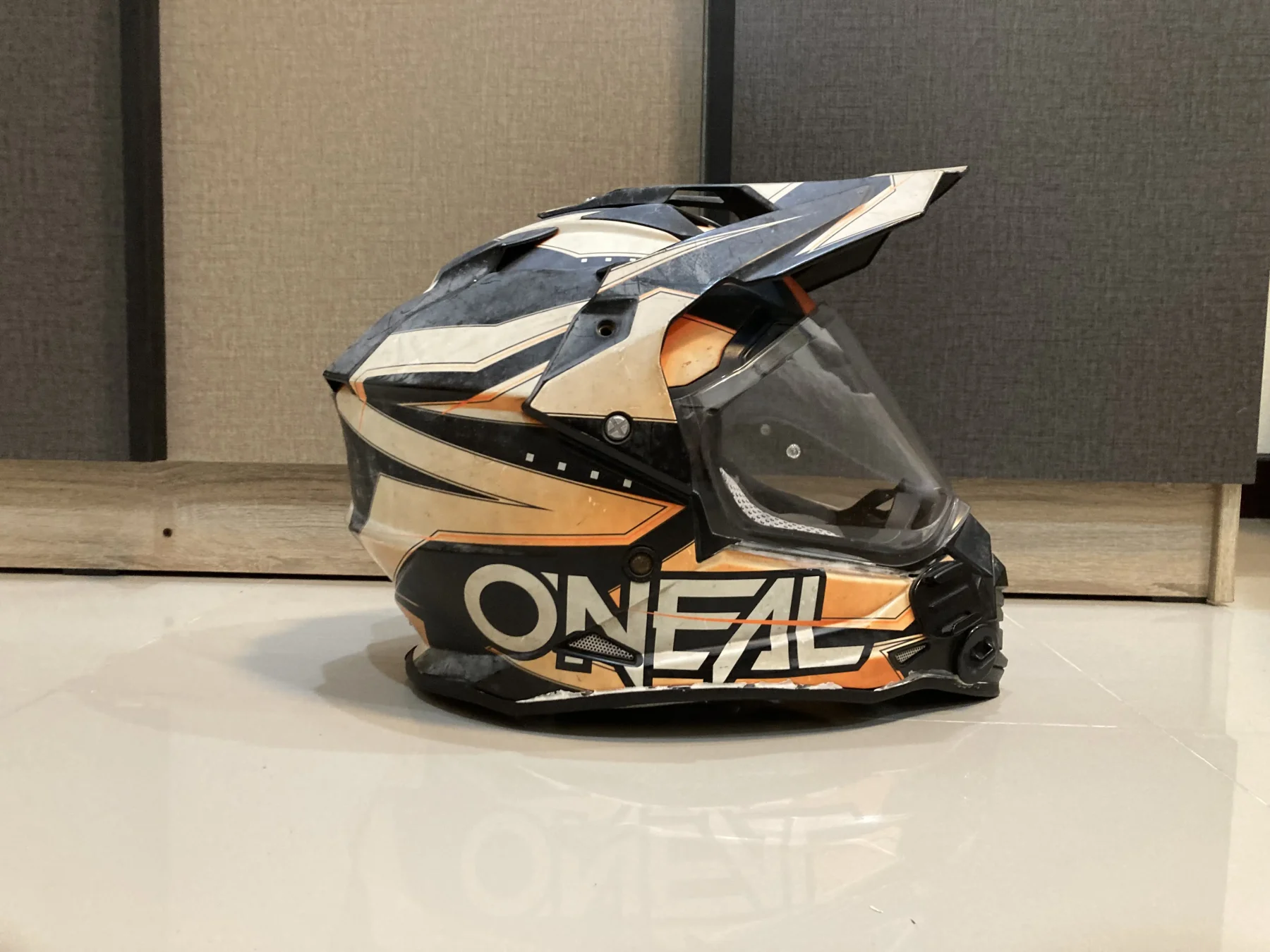
I built this checklist to figure out for myself whether I could still safely ride in that helmet. Or, if I should shell out for a new one.
This checklist is a combination of everything I learned from friends, forums, and Facebook groups on the effect of time, wear, and tear on motorcycle helmets.
First step: check the expiration.
1. Helmets have Expiration Dates
And some smell even worse than a rotten egg far before they reach them.
But really, jokes aside, helmets come with expiration dates. Most helmet manufacturers like Arai and AGV recommend riders replace a helmet every five to seven years. The Consumer Product Safety Commission in the US says similar for motorcycle and bike helmets, as well as the Snell Foundation. Shoei says just three years.
Why five years? After normal use for five years, padding will compress significantly. This means a helmet that fit you well when new will be a size or two too large for your head.
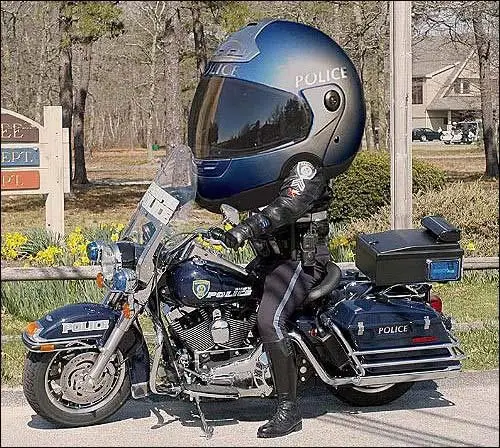
A helmet that’s too large will shift around in a crash. That means more rotational forces on your head and a higher risk of serious injury.
Also, the EPS foam loses some of its shock-absorbing potential from time alone. Even a helmet that spent most of its life on a shelf is less safe than a new lid.
Plus, helmet technology moves so fast that five years makes a huge difference in helmet quality. What was once top of the line will become a budget lid in five years.
How can you find a helmet’s manufacture date?
You can usually find this information on a sticker pasted on the inside of the EPS foam. If you can’t find that or its rubbed out, the date is occasionally stamped in to the D-Ring or on the chin strap as well. Arai does this.
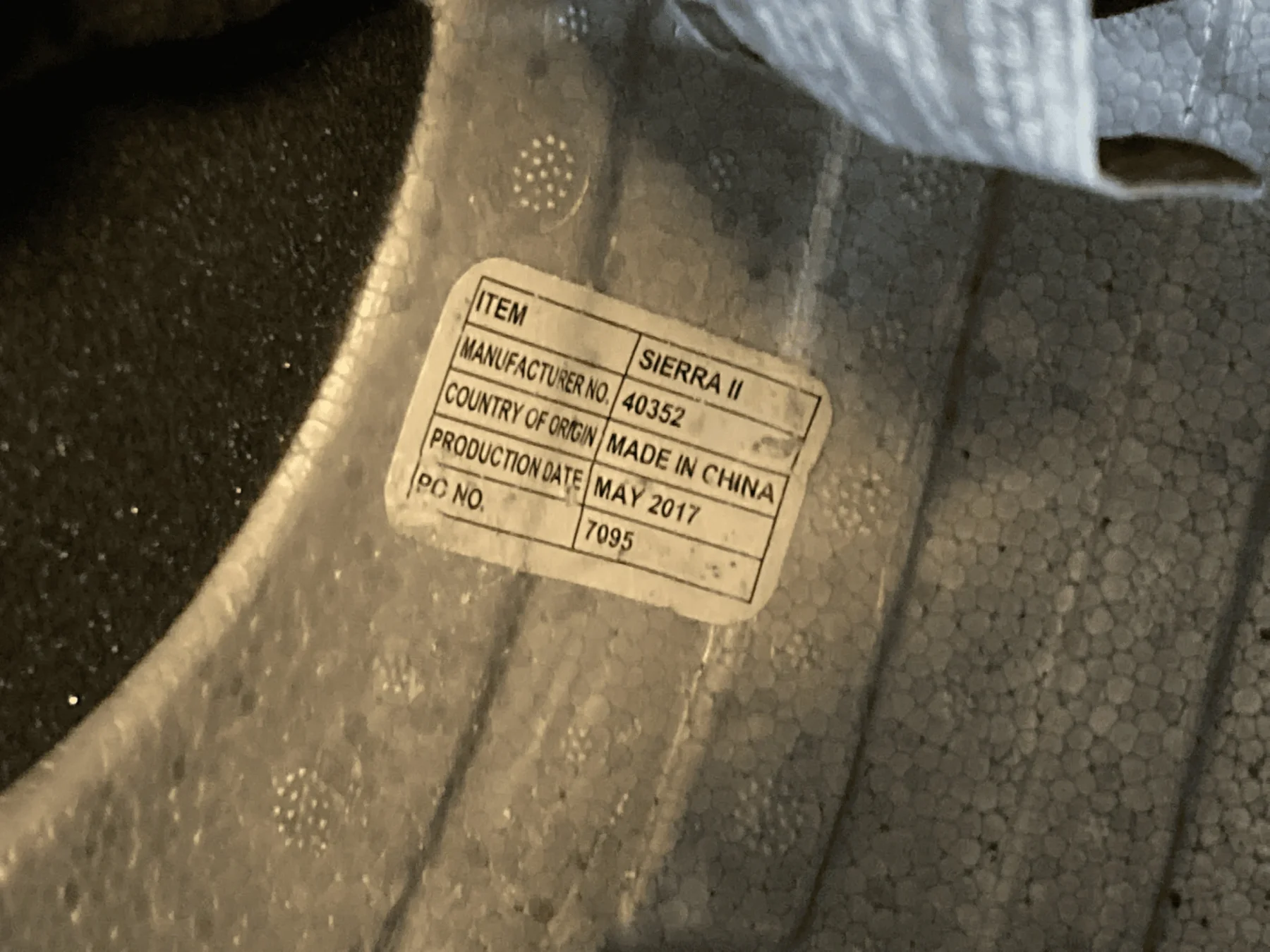
Now on to the second step.
2. A Damaged Helmet is No Helmet At All
A helmet does its job by absorbing impacts using primarily the shell and EPS foam layers in the helmet. The shell is easy to inspect since it’s right there, on the outside!
Shell Cracks
But what are you looking for? A shell that won’t do its job will have cracks in it. In a polycarbonate or ABS plastic shell, these cracks will be long and large. In a fiberglass or carbon fiber shell, you might see small cracks going out from a center point, like a spiderweb.
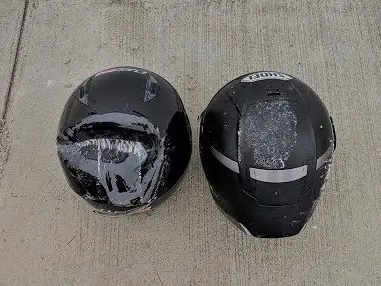
Both are bad signs that the shell has already absorbed an impact, and won’t do so well on round two.
Fading and EPS Foam
Fading color is also a bad sign. If you’ve left a helmet out in the sun, it will fade. The fading color isn’t the problem though. It’s the impact of heat on the EPS foam.
Ever tossed a styrofoam cup in to a fire? Withers away faster than that smooth talker at the biker bar who claims he can wheelie down the whole street, but never seems to be around when everyone’s ready to see the feat.
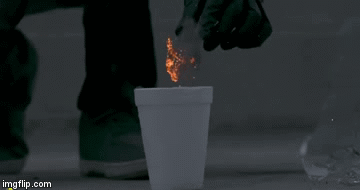
Well guess what that shock-absorbing EPS foam is made of? Basically styrofoam. So any heat, whether prolonged or sudden, will make that EPS foam less effective. If the shell is fading, the EPS is degrading.
Trusty Chin Straps
Now let’s turn our attention to the chin strap. Without that fine piece of whatever-the-hell-material-that-is, your helmet won’t do any good in a crash. It’ll be chilling fifty feet away while your head meets the pavement.

So when you’re looking at an old helmet, make sure the chin strap is strongly anchored in to the helmet on both sides. Check the buckle for corrosion. Snap it all together and tug on it – hard.
Padding that Turns to Dust
You’ll also want to inspect the inner padding of a helmet. My dad recently picked up an old helmet to go on a ride with me and noticed the liner turned to dust when he touched it. He’s sure glad he tried it on a few weeks before we planned to start our ride!!
And his lid wasn’t cheap – it was a Schuberth. Time is the mortal enemy of a helmet’s innards.
However, if everything else is still good to go on your helmet you can replace the pads – check Revzilla to see if they carry replacement pads for your helmet!
No Shield, No Sight
Finally, you’ll want to take a look at the shield on your old lid. Is it scratched or cracked? You might be able to pick up a replacement from Revzilla or another retailer, or you can try buffing out those scratches yourself.
In any case, you don’t want to ride with a scratched or cracked visor. Most motorcycle crashes are not the result of one cataclysmic error – they’re a combination of two or three small issues. Riding with a bad visor is like living as a cat on their last life.
On to the third item on our checklist:
3. Has the Helmet been Crashed in or Dropped?
This is the most critical question on the checklist.
Read that again.
So pay close attention.
A motorcycle helmet protects your head by absorbing energy in a crash. That energy is absorbed by the shell and the EPS foam. While some shells will bounce back from light impacts (especially ABS and polycarbonate), the EPS foam will compress and NEVER expand again.
That compressed foam cannot absorb another impact. It’s done. Kaput. Checked out.
Your skull is all that’s left to defend your precious brain.
On a high end fiberglass or carbon fiber lid, you’ll likely be able to see from the outside shell fractures if an impact has occurred, and you can assume the EPS foam on the inside is compromised. But not always, and especially not on some ABS and polycarbonate lids that fail to crack on impact.
EPS foam is one time use. So if a helmet was involved in a crash, TOSS IT OUT. It’s NOT doing its job anymore. Even if there’s no visible damage. The $200 or $500 or even $1,000 you’re going to spend on a new helmet is a LOT cheaper than the brain surgery you’ll need if you crash in that same helmet again.
But what about dropping a helmet?

I’ve done it a million times, fumbling with saddlebags or my phone. There goes my lid, off the passenger seat and on to the parking lot tarmac.
This one is up for debate. Without the weight of a head inside the helmet, the EPS foam is unlikely to compress.
Arai paints their EPS foam black so you can easily see if it compressed in a drop – just look for the raw white EPS foam poking through.
Tip: If you have a new helmet, you can do this one easy thing to make sure you can easily tell if the EPS inside is damaged. Simply take out the lining and spray paint the inside of the EPS foam with a thin layer of a contrasting colored paint. Say your EPS foam is white – spraying it black means any cracks or compressions will reveal the white within.
I’ve dropped my dirt bike helmet a few times, but never over a
On to a few questions you might still have…
In Case You’re Wondering…
Should I keep my old motorcycle helmet for occasional passengers?
Depends how much you care about that passenger… in all seriousness, make sure your passenger is just as safe as you when you take them for a ride. You are putting their life at risk on the back of your bike, so they deserve good protection. The above checklist applies to helmets for your passenger as well.
I have a good helmet with one broken part. Do I need to toss it out?
As long as the shell and EPS foam are all intact and in good working order, you can still salvage the helmet. Visors and padding can often be replaced by checking with the manufacturer and retailers like Revzilla. If the padding isn’t squeezing your cheeks anymore and you can move the helmet more than an inch on your head in any direction, it’s time to replace those pads.
Is a helmet that’s been on a shelf for years still good?
So you wore your lid once, then it sat on a shelf for five years without getting any sun or sweat? It might be okay to use, but you really don’t know with that EPS foam. Some foams harden over time, losing that shock-absorbing goodness inside. You’re better off just buying a new helmet.
What can I do with an old motorcycle helmet?
If your helmet is past its prime, it’s time to send it on to its next life. That could be on your shelf as a monument to your glorious bygone days (cut out the chinstrap first to prevent someone using it again!).
Or, you can donate it to emergency services to use during first aid training. That might earn you some good karma, and help all motorcyclists get better medical care in crashes. Don’t cut the chin strap out if you’re donating the helmet!
Finally, you can give it away as a prop – many theatre companies and schools are happy to have a helmet to use for something or other. Who knows what they do. I’m too busy hitting the road to know!
Whatever you do, please do NOT sell your used helmet to a fellow rider if it’s not road worthy anymore. Motorcycling is dangerous enough as it is!
Should I buy a used helmet?
Please do not buy a used helmet! Like your mom used to say about sticking random stuff in your mouth – “You don’t know where that’s been.” You might be buying an outright fake or a crashed helmet. Just buy from a reputable manufacturer through a reputable retailer like Revzilla. This goes for free helmets tossed in when you buy a bike too – just not worth the risk.
When do motorcycle helmets expire?
The industry and safety experts are clear on when motorcycle helmets expire: in 5 to 7 years. You’ll find this figure mentioned on the websites of top manufacturers like Arai and AGV. Shoei says every 3 years. Of course, all these companies make money by selling helmets, so take those numbers with a grain of salt. But as helmet safety technology continues to advance, you’ll get a much better product every couple years for even less of your hard earned money.
Related

Carbon Fiber Modular Helmets: Ultimate Flip-Up Lids
Discover carbon fiber modular helmets that deliver flip-up convenience, lightweight strength, and serious protection for every ride.


